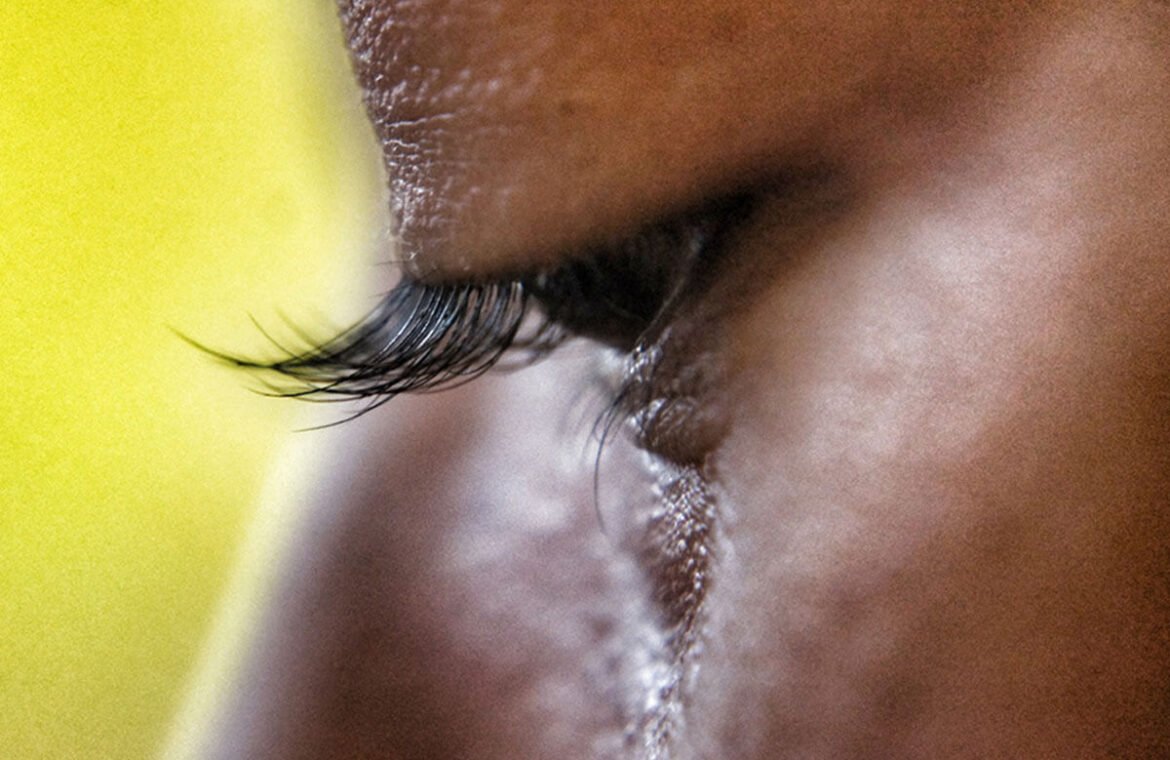Excessive watering of the eyes is not normal; it is an eye condition. This could happen either due to tear overproduction or insufficient tear film drainage through the nasolacrimal system. This condition is known as epiphora and it may affect one or both eyes. It leads to vision issues. It could develop at any age but mostly affects infants under 12 months of age or the elderly over 60 years.
What leads to this condition?
1. Blockage of tear ducts
The tear ducts are either narrowed due to swelling or inflammation or blocked. As a result, tear drainage will be obstructed and accumulate in the tear sac. This stagnant tear will increase the risk of infection, leading the eyes to produce a sticky liquid. This will cause vision problems such as blurred vision, crusting of the eyelids, swelling, and redness in the eyes.
The infection can also cause inflammation on the side of the nose, and canaliculi i.e., the narrow drainage channel on the insides of the eyes could also be blocked.
2. Tears over-production
When your eyes get irritated, as a defense mechanism eyes end up producing more tears to defend against the irritant.
The following could act as an irritant:
- Any eye injury such as a scratch or abrasion caused by dirt, dust particles, or any other material.
- Allergy due to pollen, dust, and other harmless substance.
- Eye infections such as allergic conjunctivitis or infective conjunctivitis, keratitis
- Trichiasis in which your eyelashes grow inward
- Ectropion in which the lower eyelid turns outward
- Certain chemicals or their fumes
- Smoke
- Wind or cold weather
- Corneal ulcers, a stye
- Bell’s palsy
- Abnormality in Meibomian glands
- Usage of certain medications
- Dry eyes
People having tears with higher fat or lipid content will be having uneven distribution of tears leaving some eye areas dry. This causes the eyes to produce more tears.
This will also cause other symptoms such as itchy eyes, blurry vision, inflammation, redness in the eyes, increased sensitivity to light, and pain.
How can you tell you suffer from epiphora?
Your doctor can check you for the above condition:
Test to examine the chemical makeup of tears as people with epiphora have a lower number of particles in their tears.
Upper & lower eyelid examination to check for the cause of epiphora.
Scope examination to see the blood vessels behind your eyes and check for eye pressure.
Probe insertion to check if the draining channel is blocked.
Liquid insertion into the tear duct to check for blockage. If the liquid is felt in the nose by the person their tear system is not blocked and if the liquid moves back toward the eyes, the tear system is blocked.
How could it be treated?
In mild cases, it does not require any treatment, and the treatment depends on the causes of epiphora.
In case of bacterial infection, antibiotic drops are used for the treatment.
In case of trichiasis or some irritant, their removal should be done.
In ectropion, surgery is required to tighten the tendon.
In case of blocked tear ducts, dacryocystorhinostomy is performed in which a new channel is created from the tear sac to the inside of the nose.
In the case of narrow canaliculi, a probe could be used to make them wider and in case they are completely blocked, an operation will be required.
Gently massaging the tear ducts could dislodge tears.
What does it look like in infants?
Epiphora in infants is caused due to blockage of the nasolacrimal duct. It could be temporary if proper treatment is provided and if not, the block hardens and could not be improved after a certain age.
You could wipe your child’s eyes with a warm and damp cloth gently for the child to be comfortable as the liquid build-up will lead to watery, sticky & chronically infected eyes, but it will only bring temporary relief and will not eliminate the cause of epiphora.
Massaging the tear ducts gently will lead to the dislodging of accumulated tears and will help in the development of the child’s tear ducts. In cases that do not improve with massaging, probing and surgical treatment are other options available.
As the treatment greatly depends on the time of disease and age of a child, visit a nearby oculoplastic surgeon as soon as possible.
They will help you to understand the cause of epiphora and after assessing the child’s symptoms can treat the child accordingly.
When is the need to see a doctor?
- On the occurrence of the following discomfort, see an eye specialist
- Reduced or blurry vision
- Pain or inflammation around the eyes
- Persistent redness in the eyes
- A feeling of some foreign object in the eyes
- Burning or any discomfort upon blinking
Epiphora is not a very serious eye condition but it can be discomforting and will affect your day-to-day activities. If you are experiencing the above-mentioned problems see us today to get the perfect solution for it.
Neytra eye care centre in Saket established by Dr. Priyanka Singh is an excellent choice to get your eye issues solved with 12+ years of expertise by the doctor herself and a dedicated team of highly qualified and experienced doctors.
Contact us here


